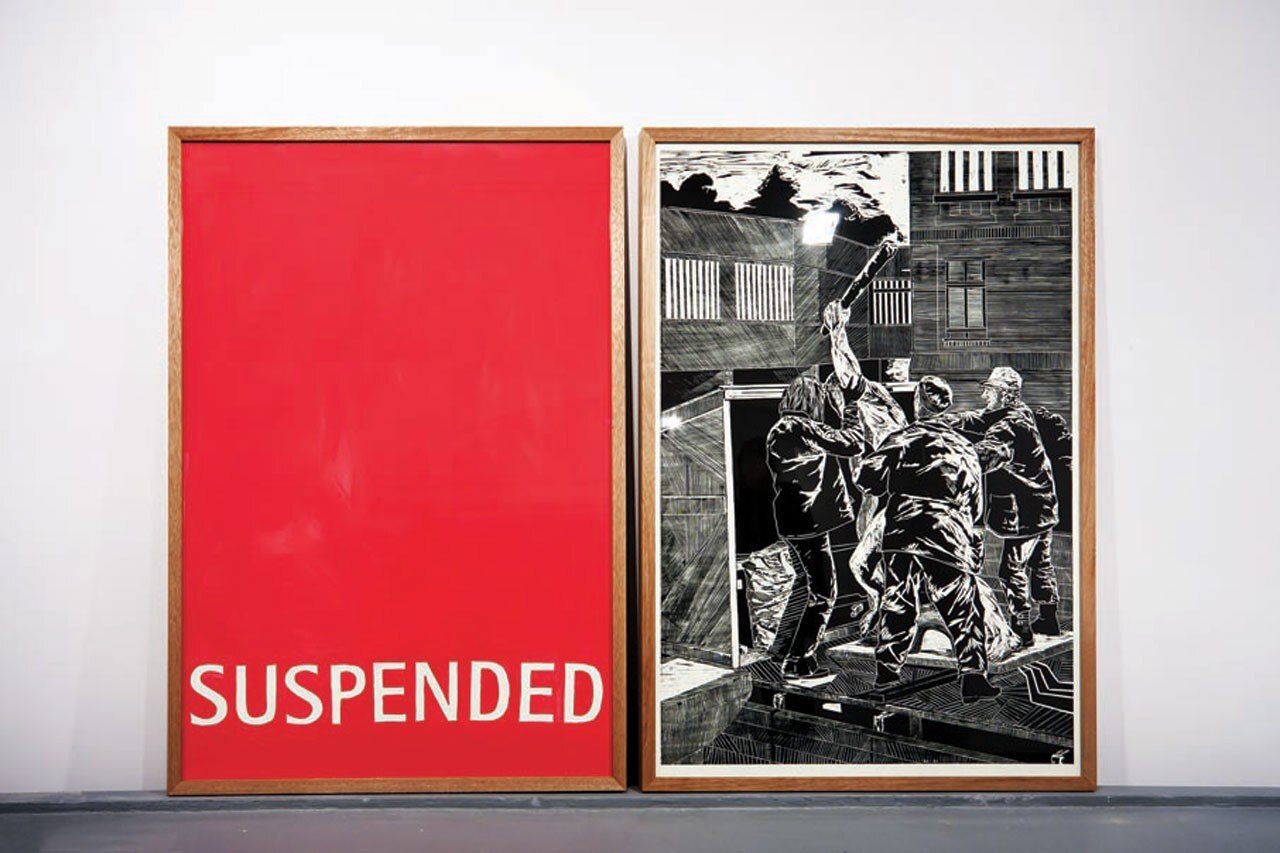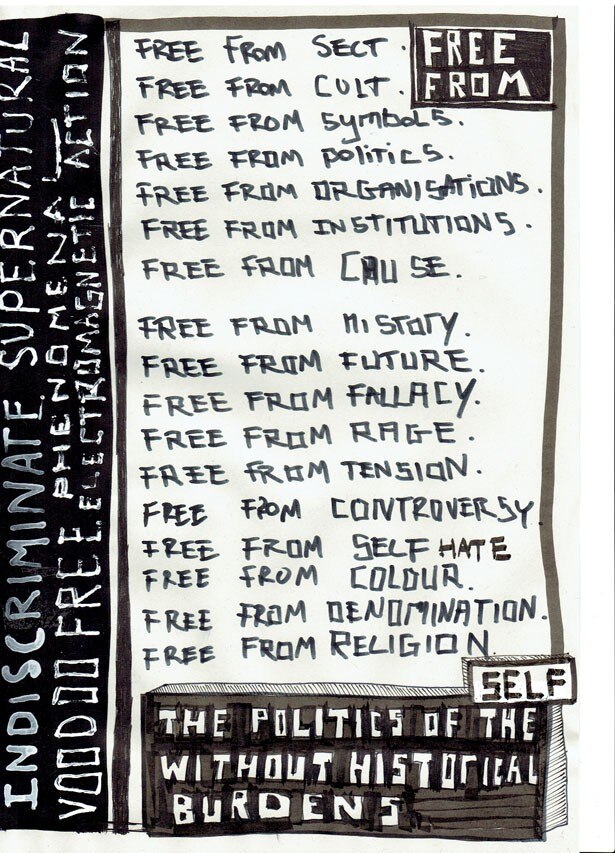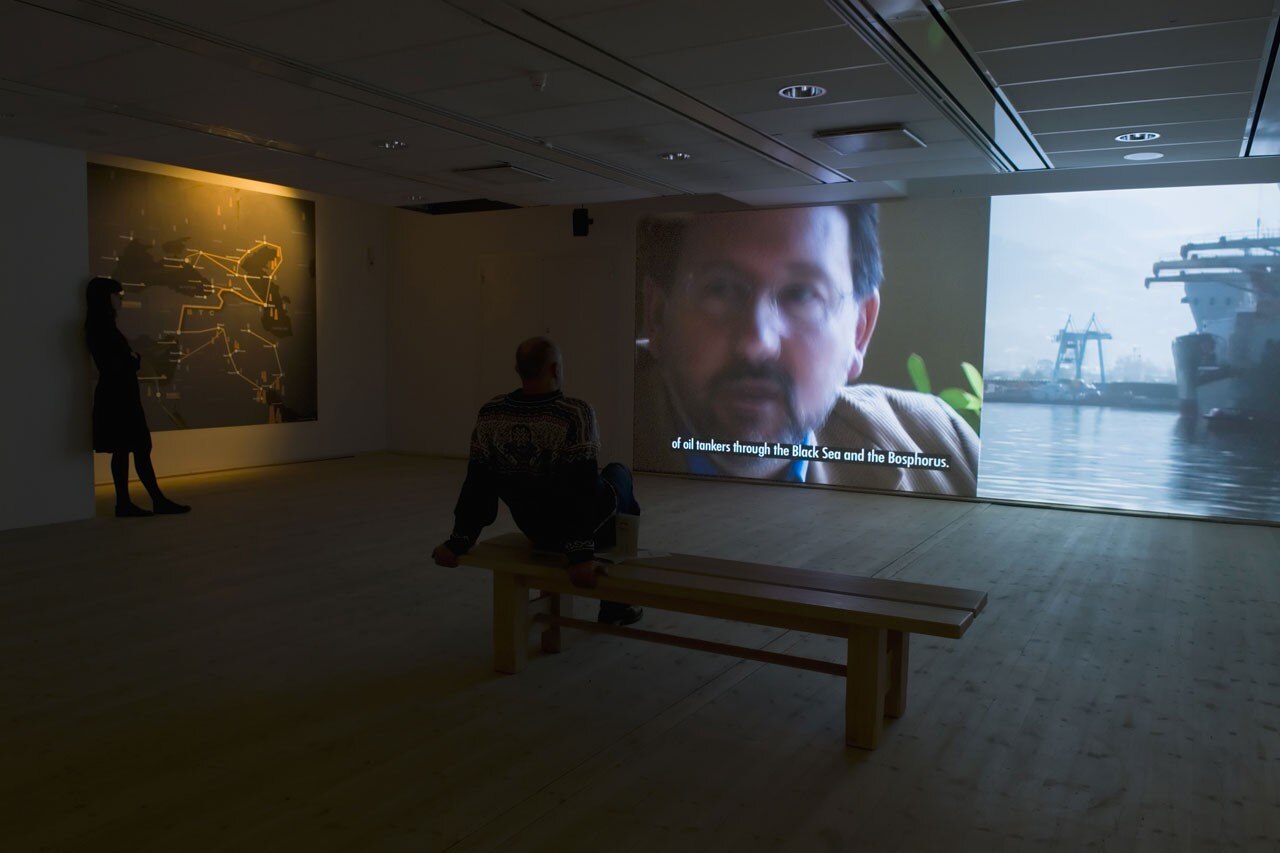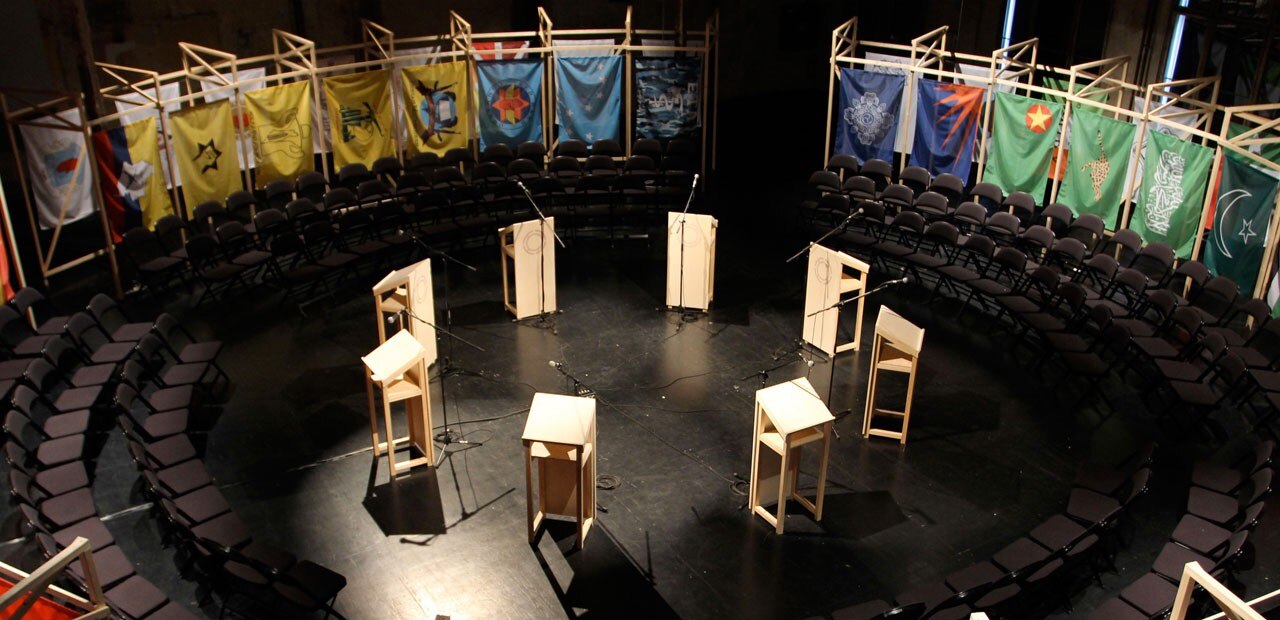
The project explores so-called invisible violence as it is discernible in everyday, domestic, work-related, and ordinary life; administrative and bureaucratic violence; visual violence in advertising and the media; as well as subtle forms of sectarianism and community animosity arising from recent historical circumstances.
These are forms of violence that are arguably globally omnipresent. These comparisons of violence are being explored by bringing together artists’ works that problematize territorial, nationalistic, mythological and identity-related topics, without being bogged down by dualistic, partitioned or oppositional representations.
The theme of violence as a subject for an exhibition is naturally a sensitive and perhaps provocative one, and sometimes generative of Manichean definitions of “us and them.” It is thus an aim for the curators to resist undue focus on issues of war, genocide and extreme violence, while enabling these to be a tangible, if unseen, backdrop to the project.
The violence to be explored mainly – that which is depicted or investigated throughout the invited artists’ work – is forms of violence within language, within representation, as a result of shifting socio-economic conditions, and shifting ideas and policies that may be identified as enacting a cultural violence upon geo-political bodies and individuals.
This does not mean that these more topical and more pronounced forms of violence (terrorism, war, ethnic cleansing and genocide) are explicitly avoided in this exhibition, but that instead they do dominate the field of references, which itself aims to cast several beacons on different forms of cultural and contemporary violence simultaneously.

The content and thematic focus of the project considers some important and sensitive areas in the production of new European identities. By fostering the public debate on the issues of invisible violence that are occurring in each corner of Europe, both in EU countries and others that are in the process of joining it, this project emphasises the need for production of a common public sphere in Europe, and to revisit essential ideas of European citizenship, and thus to put a spotlight on the EU from within.
We are today arguably facing a situation where new laws, legislation and inter-state agreements within the European Union may generate capacities for new types of violence. In total, this project aims to emphasize a universalising aspect of new forms of invisible violence as they are currently prevalent throughout Europe; forms of violence that are seen as a central threat to the production of egalitarian ideals of European citizenship.

until January 11, 2015
Invisible Violence
curated by Blanca de la Torre, Zoran Erić, Seamus Kealy
Artium
Francia Street, 24
Vitoria-Gasteiz


